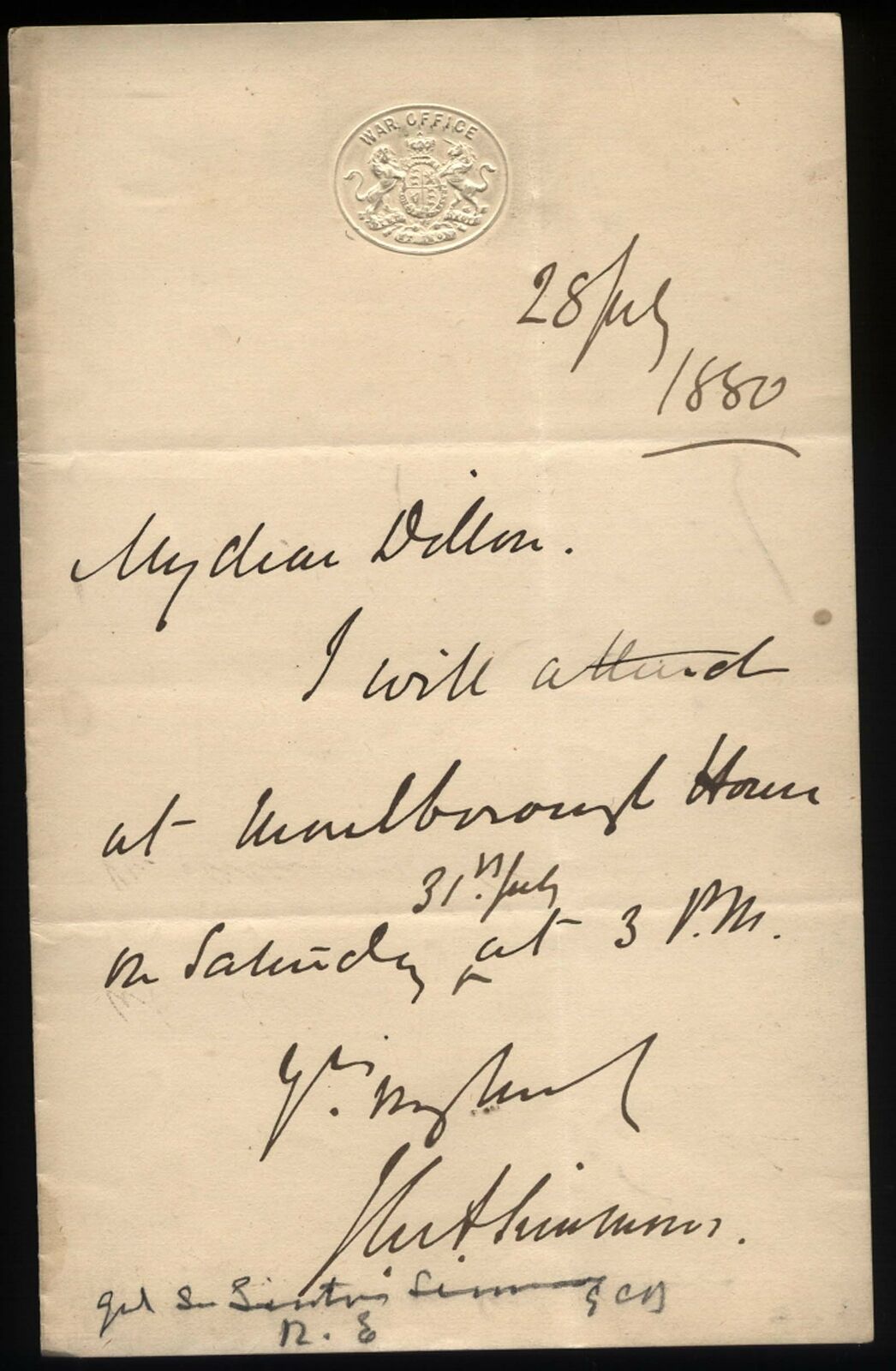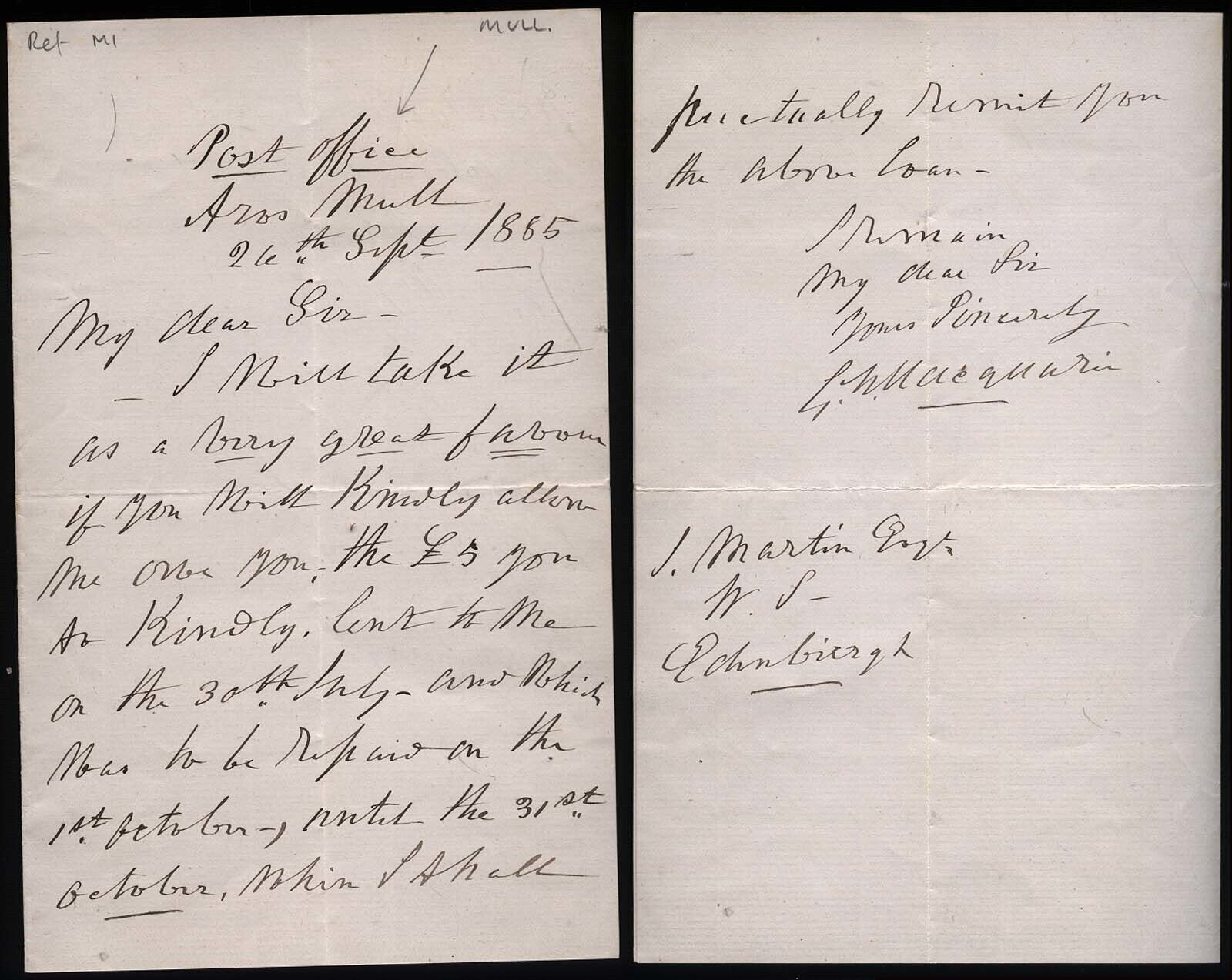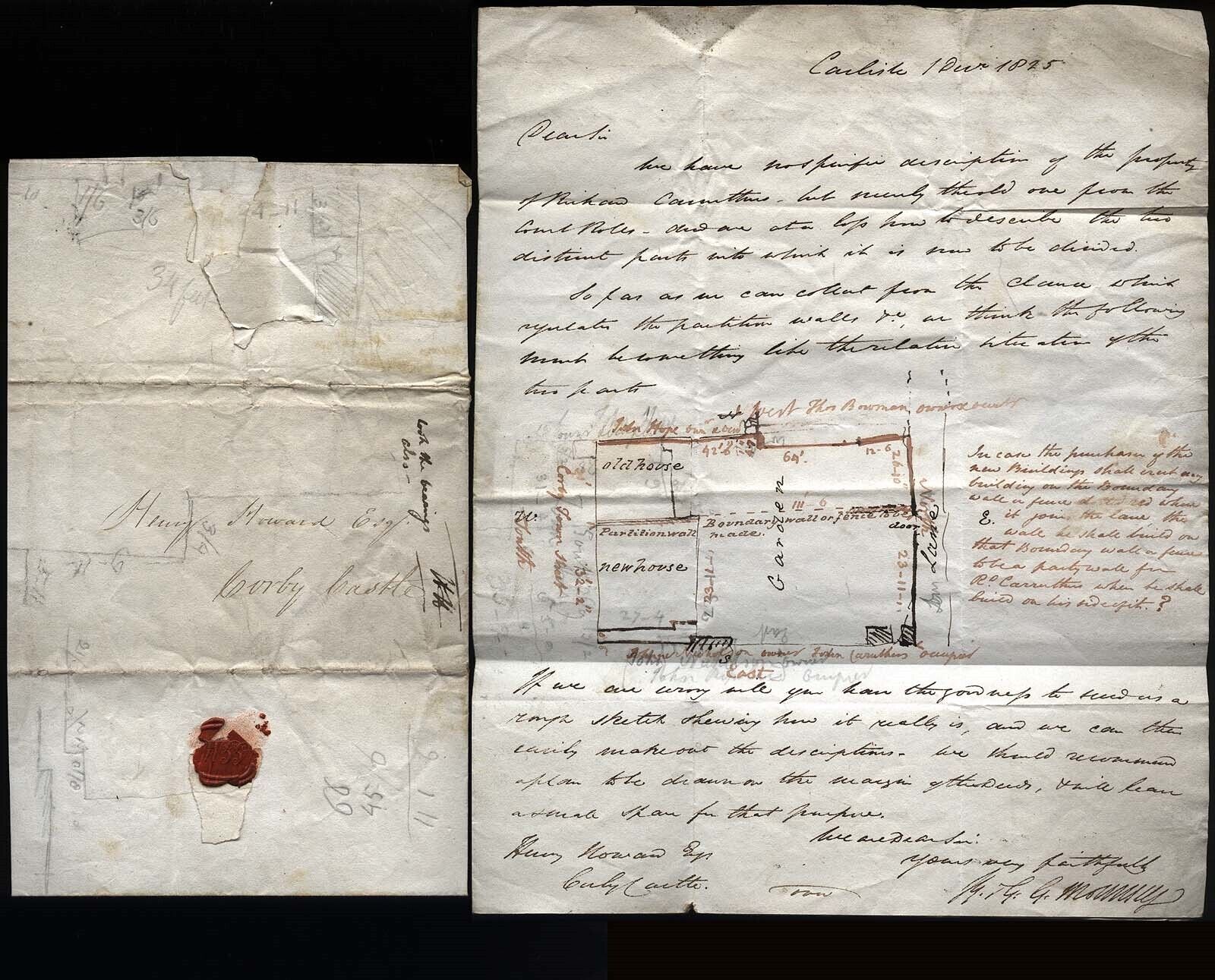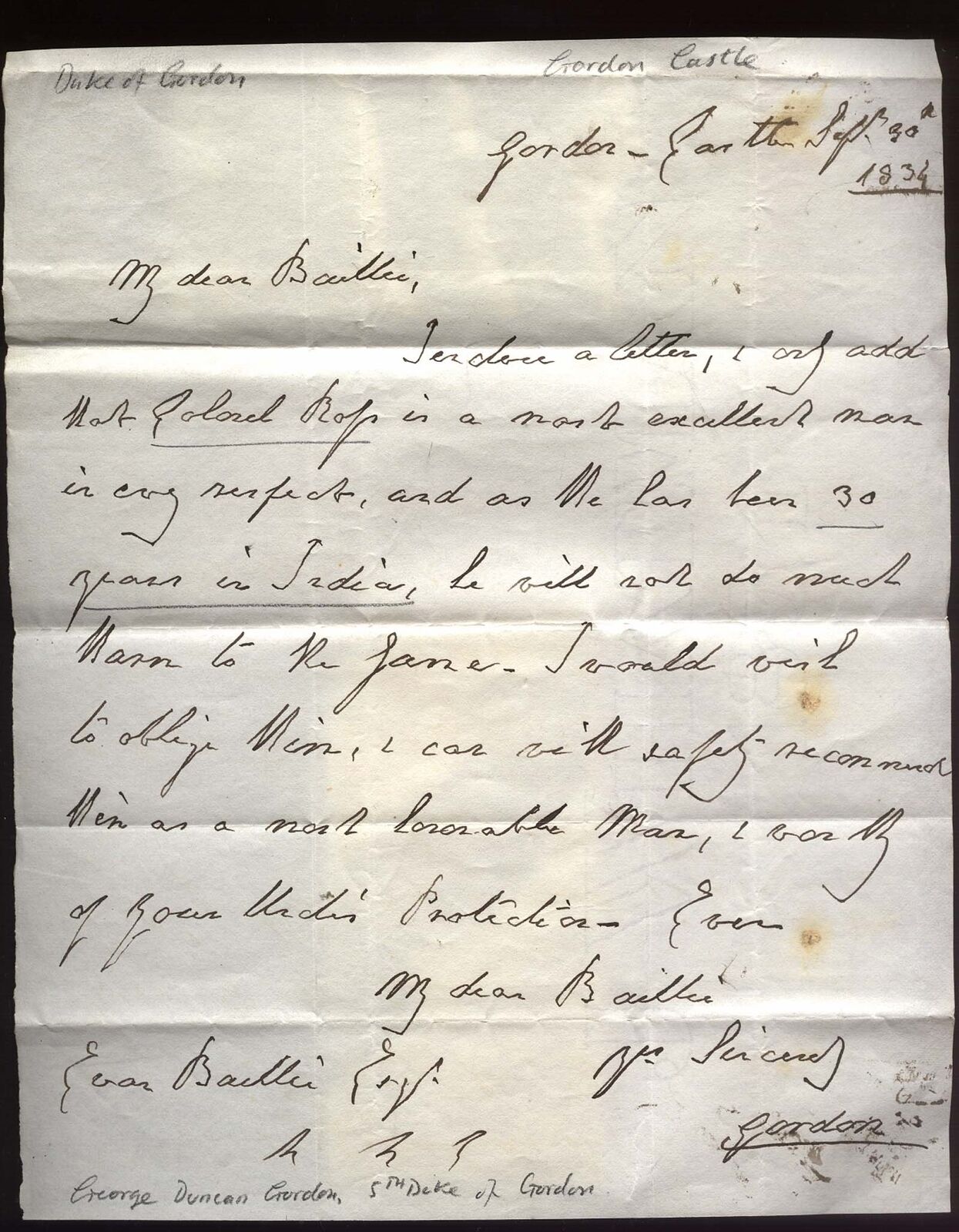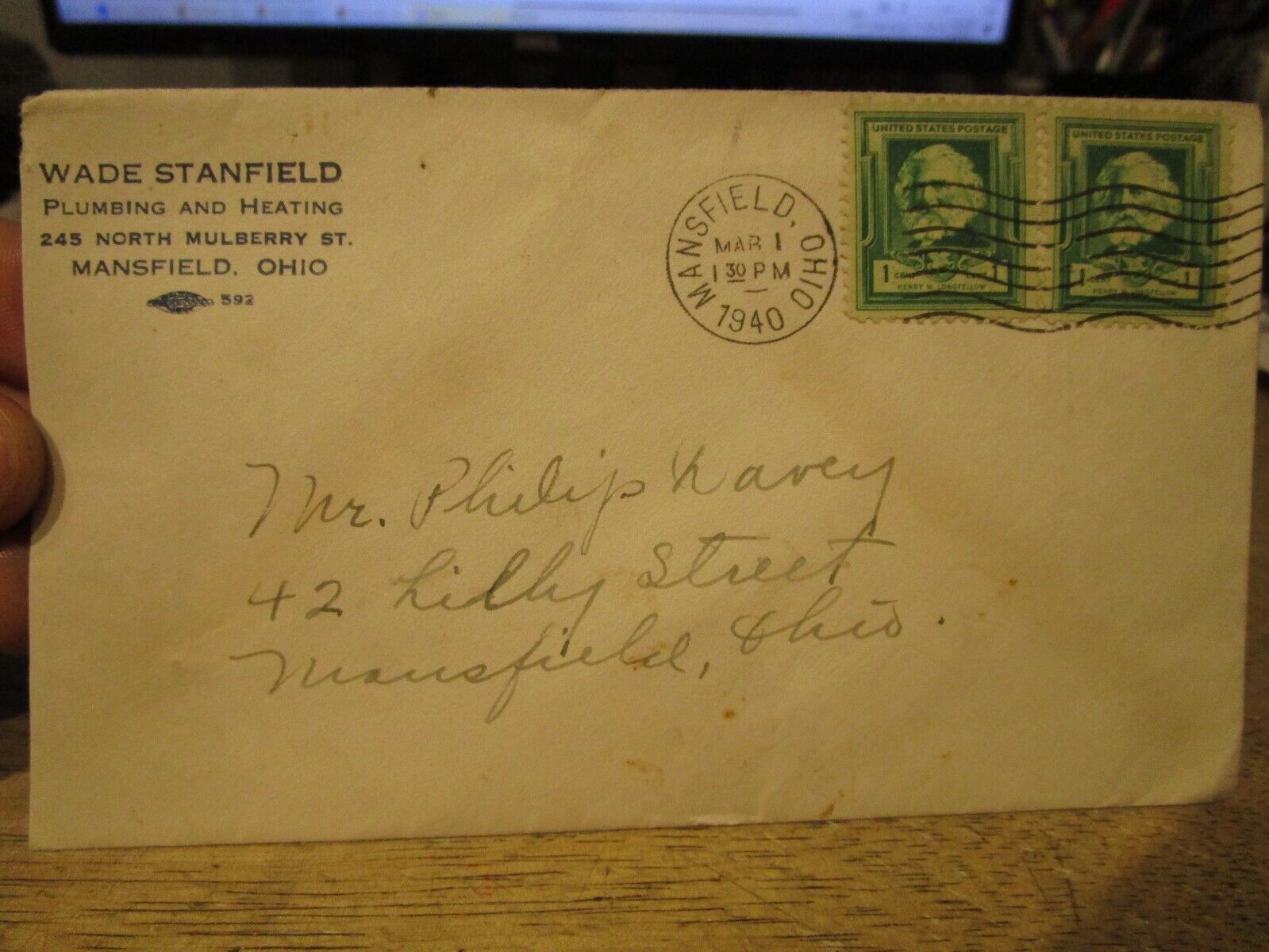-40%
1922 John Galsworthy, novelist & playwright, Grove Lodge to Magdelane Ponsonby
$ 143.96
- Description
- Size Guide
Description
1922 John Galsworthy, novelist & playwright, Grove Lodge to Magdelane PonsonbyThis product data sheet is originally written in English.
1922 John Galsworthy, novelist & playwright, Grove Lodge, The Grove, Hampstead, London N.W.3, fine letter to (Maggie) Magdelane Ponsonby, Sister to Sir John Ponsonby, daughter of Sir Henry Ponsonby, Queen Victoria's Private Secretary. his view on religions etc.
John Galsworthy OM (14 August 1867 – 31 January 1933) was an English novelist and playwright. Notable works include The Forsyte Saga (1906–1921) and its sequels, A Modern Comedy and End of the Chapter. He won the Nobel Prize in Literature in 1932.
Life Galsworthy was born at what is now known as Galsworthy House (then called Parkhurst)[1] on Kingston Hill in Surrey, England, the son of John and Blanche Bailey (née Bartleet) Galsworthy. His family was prosperous and well established, with a large property in Kingston upon Thames that is now the site of three schools: Marymount International School, Rokeby Preparatory School, and Holy Cross Preparatory School. He attended Harrow and New College, Oxford. He took a Second in Law (Jurisprudentia) at Oxford in 1889,[2] then trained as a barrister and was called to the bar in 1890. During these travels, he met Joseph Conrad in 1893, then the first mate of a sailing-ship moored in the harbour of Adelaide, Australia, and the two future novelists became close friends. In 1895 Galsworthy began an affair with Ada Nemesis Pearson Cooper (1864–1956), the wife of his cousin Major Arthur Galsworthy. After her divorce ten years later, they were married on 23 September 1905 and stayed together until his death in 1933. Before their marriage, they often stayed clandestinely in a farmhouse called Wingstone in the village of Manaton on Dartmoor, Devon.[3] In 1908 Galsworthy took a long lease on part of the building, and it was their regular second home until 1923.
Career
From the Four Winds, a collection of short stories, was Galsworthy's first published work in 1897. These and several subsequent works were published under the pen name of John Sinjohn, and it was not until The Island Pharisees (1904) that he began publishing under his own name, probably owing to the recent death of his father. His first full-length novel, Jocelyn, was published in an edition of 750 under the name of John Sinjohn—he later refused to have it republished. His first play, The Silver Box (1906),[4]—in which the theft of a prostitute's purse by a rich 'young man of good family' is placed beside the theft of a silver cigarette case from the rich man's father's house by 'a poor devil', with very different repercussions,[5] though justice was clearly done in each case—became a success, and he followed it up with The Man of Property (1906), the first book of a Forsyte trilogy. Although he continued writing both plays and novels, it was as a playwright that he was mainly appreciated at the time. Along with those of other writers of the period, such as George Bernard Shaw, his plays addressed the class system and other social issues, two of the best known being Strife (1909) and The Skin Game (1920).
John Galsworthy
He is now far better known for his novels, particularly The Forsyte Saga, his trilogy about the eponymous family and connected lives. These books, as with many of his other works, deal with social class, and upper-middle class lives in particular. Although sympathetic to his characters, he highlights their insular, snobbish, and acquisitive attitudes and their suffocating moral codes. He is viewed as one of the first writers of the Edwardian era who challenged some of the ideals of society depicted in the preceding literature of Victorian England. The depiction of a woman in an unhappy marriage furnishes another recurring theme in his work. The character of Irene in The Forsyte Saga is drawn from Ada Pearson, though her previous marriage was not as miserable as that of the character.
Causes and honours
Causes
Through his writings Galsworthy campaigned for a variety of causes, including prison reform, women's rights, and animal welfare, and also against censorship. Galsworthy was a supporter of British involvement in the First World War. In an article for The Daily News on 31 August 1914 Galsworthy called for war on Germany to protect Belgium. Galsworthy added "What are we going to do for Belgium — for this most gallant of little countries, ground, because of sheer loyalty, under an iron heel?" [6] During the First World War he worked in a hospital in France as an orderly, after being passed over for military service, and in 1917 turned down a knighthood, for which he was nominated by Prime Minister David Lloyd George, on the precept that a writer's reward comes simply from writing itself.
Galsworthy opposed the slaughter of animals and fought for animal rights.[8] He was also a humanitarian[9] and a member of the Humanitarian League.[10] He opposed hunting and supported the League for the Prohibition of Cruel SPORTS.
Honours
In 1921 Galsworthy was elected as the first president of the PEN International literary club and was appointed to the Order of Merit in 1929. He was awarded the 1932 Nobel Prize for Literature, having been nominated that same year by Henrik Schück, a member of the Swedish Academy.[12] He was too ill to attend the Nobel Prize presentation ceremony on 10 December 1932,[13][14] and died seven weeks later. He donated the prize money from the Nobel Prize to PEN International.
Death
Galsworthy lived for the final seven years of his life at Bury in West Sussex. He died from a brain tumour at his London home, Grove Lodge, Hampstead. In accordance with his will he was cremated at Woking, with his ashes then being scattered over the South Downs from an aeroplane,[16] but there are also memorials to him in Highgate 'New' Cemetery[17] and in the cloisters of New College, Oxford, cut by Eric Gill.[18][19] The popularity of his fiction waned quickly after his death, but the hugely successful black-and-white television adaptation The Forsyte Saga in 1967 renewed interest in his work.
Legacy
A number of John Galsworthy's letters and papers are held at the University of Birmingham Special Collections.
In 2007, Kingston University opened a new building named in recognition of his local birth.[21] Galsworthy Road in Kingston, the location of Kingston Hospital, is also named for him.
Family
Galsworthy's sister Lilian (1864–1924) was married to the German painter and lithographer Georg Sauter from 1894. With the beginning of World War I, Sauter was interned as an enemy alien at Alexandra Palace and later expelled.[22] Their son Rudolf Sauter (1895–1971) was also a painter and graphic artist, who among other things, illustrated the works of his uncle.
Notable adaptations
Bury House, Galsworthy's West Sussex home. The Forsyte Saga has been filmed several times:
That Forsyte Woman (1949), dir. by Compton Bennett, an MGM adaptation in which Errol Flynn played a rare villainous role as Soames.[23] The Forsyte Saga (1967 TV series), directed by James Cellan Jones, David Giles, starring Eric Porter, Nyree Dawn Porter, Kenneth More, and Susan Hampshire, 26 parts.[24] The Forsyte Saga (2002 TV series), dir. by Christopher Menaul, starring Gina McKee, Damian Lewis, Rupert Graves, and Corin Redgrave, 13 parts.[25] The White Monkey was made into a silent film of the same name in 1925, directed by Phil Rosen, and starring Barbara La Marr, Thomas Holding, and Henry Victor.
The Skin Game was adapted and directed by Alfred Hitchcock in 1931. It starred C.V. France, Helen Haye, Jill Esmond, Edmund Gwenn, John Longden and Phyllis Konstam.
Escape was filmed in 1930 and 1948. The latter was directed by Joseph L. Mankiewicz, starring Rex Harrison, Peggy Cummins, and William Hartnell. The screenplay was by Philip Dunne.
One More River (a film version of Galsworthy's Over the River) was filmed by James Whale in 1934. The film starred Frank Lawton, Colin Clive (one of Whale's most frequently used actors) and Diana Wynyard, and featured Mrs. Patrick Campbell in a rare sound film appearance.
The First and the Last, a short play, was adapted as 21 Days, starring Vivien Leigh and Laurence Olivier.
Galsworthy's short story The Apple Tree was adapted into a radio play for Orson Welles' Lady Esther Almanac radio series on CBS, first broadcast on 12 January 1942; the play was again produced by Welles for CBS on The Mercury Summer Theatre of 6 September 1946. The 1988 film A Summer Story was also based on The Apple Tree.
The NBC University Theater aired radio adaptations of his plays Justice on 31 October 1948 and The Patrician on 26 February 1950.
The Mob, adapted by John Foley in 2004 for the BBC Radio World Service.
? Works
The Forsyte Chronicles The Salvation of a Forsyte (The Salvation of Swithin Forsyte) (1900) On Forsyte 'Change (1930) (re-published 1986 as "Uncollected Forsyte") Danaë (1905–06) in Forsytes, Pendyces, and Others (1935) The Man of Property (1906) – first book of The Forsyte Saga (1922) The Country House,(1907) "Indian Summer of a Forsyte" (1918) – first interlude of The Forsyte Saga in Five Tales (1918) In Chancery (1920) – second book of The Forsyte Saga "Awakening" (1920) – second interlude of The Forsyte Saga To Let (1921) – third book of The Forsyte Saga The White Monkey (1924) – first book of A Modern Comedy (1929) The Silver Spoon (1926) – second book of A Modern Comedy "A Silent Wooing" (1927) – first Interlude of A Modern Comedy "Passers-By" (1927) – second Interlude of A Modern Comedy Swan Song (1928) – third book of A Modern Comedy Four Forsyte Stories (1929) – "A Sad Affair", "Dog at Timothy's", "The Hondekoeter" and "Midsummer Madness" Maid in Waiting (1931) – first book of End of the Chapter (1934) Flowering Wilderness (1932) – second book of End of the Chapter One More River (originally Over the River) (1933) – third book of End of the Chapter Plays The Silver Box, 1906 Strife, 1909 Joy, 1909 Justice, 1910 The Little Dream, 1911 The Pigeon, 1912 The Eldest Son, 1912 The Fugitive, 1913 The Mob, 1914 The Little Man, 1915 A Bit o' Love, 1915 The Foundations, 1920 The Skin Game, 1920 A Family Man, 1922 Loyalties, 1922 Windows, 1922 Escape, 1926 Punch and Go, 1935 Essays Quality, 1912, The Inn of Tranquility, 1912, Addresses in America, 1912 Two Essays on Conrad, 1930
:
Powered by SixBit's eCommerce Solution
1922 John Galsworthy, novelist & playwright, Grove Lodge, The Grove, Hampstead, London N.W.3, fine letter to (Maggie) Magdelane Ponsonby, Sister to Sir John Ponsonby, daughter of Sir Henry Ponsonby, Queen Victoria's Private Secretary. his view on religions etc. John Galsworthy OM (14 August 1867 – 31 January 1933) was an English novelist and playwright. Notable works include The Forsyte Saga (1906–1921) and its sequels, A Modern Comedy and End of the Chapter. He won the Nobel Prize in Literature in 1932.Life Galsworthy was born at what is now known as Galsworthy House (then called Parkhurst)[1] on Kingston Hill in Surrey, England, the son of John and Blanche Bailey (née Bartleet) Galsworthy. His family was prosperous and well established, with a large property in Kingston upon Thames that
Estate or House name
Grove Lodge
City/Town/Village/Place
Hampstead, London
EAN
Does Not apply
Country
England
Surname Initial
G
England County
Middlesex
Signed
Yes
Family Surname
Galsworthy
Era
Vintage (1920-1980)
Addressed to
Magdelane Ponsonby
Letter From
John Galsworthy
Document Type
Original Manuscript Letter
Year of Issue
1922
Related Interests 2
novelist & playwright



